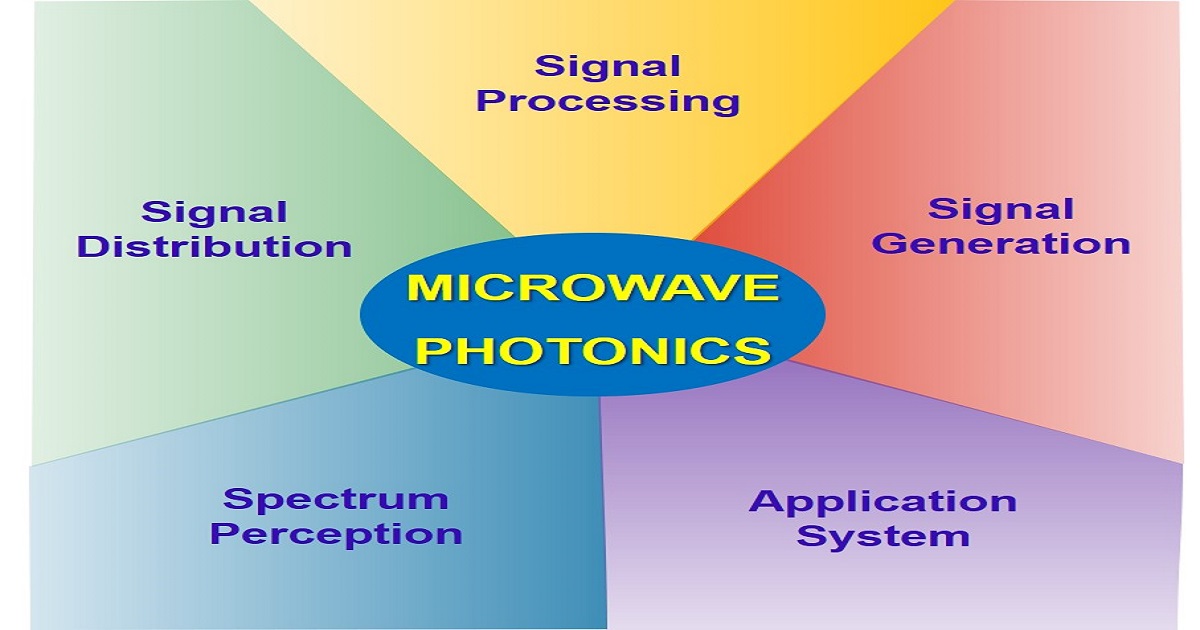- 2.5Impact Factor
- 5.5CiteScore
- 20 daysTime to First Decision
Recent Advances in Microwave Photonics
This special issue belongs to the section “Optics and Lasers“.
Special Issue Information
Dear Colleagues,
We are inviting submissions to this Special Issue on Recent Advances in Microwave Photonics.
Microwave photonics is an interdisciplinary field that integrates optics and radiofrequency (RF) engineering and has attracted substantial interest in recent years, advancing many applications in defense, communication networks, imaging, and instrumentations. Microwave photonics uses optical devices and technologies to generate, process, manipulate, and distribute RF signals, enabling functions or performances that are complex or not achievable through the use of traditional RF systems. Microwave photonics has attracted substantial interest from both academia and industry, and an array of new insights and breakthroughs have been proposed and demonstrated in recent years.
This Special Issue will be dedicated to recent advances in the prosperous field of microwave photonics. Topics of interest include (but are not limited to):
- Microwave photonic signal generation;
- Microwave photonic signal processing;
- Microwave photonic radar;
- True time delay beamforming ;
- Integrated microwave photonics;
- Applications of microwave photonics.
Dr. Nuannuan Shi
Dr. Tengfei Hao
Guest Editors
Manuscript Submission Information
Manuscripts should be submitted online at www.mdpi.com by registering and logging in to this website. Once you are registered, click here to go to the submission form. Manuscripts can be submitted until the deadline. All submissions that pass pre-check are peer-reviewed. Accepted papers will be published continuously in the journal (as soon as accepted) and will be listed together on the special issue website. Research articles, review articles as well as short communications are invited. For planned papers, a title and short abstract (about 250 words) can be sent to the Editorial Office for assessment.
Submitted manuscripts should not have been published previously, nor be under consideration for publication elsewhere (except conference proceedings papers). All manuscripts are thoroughly refereed through a single-blind peer-review process. A guide for authors and other relevant information for submission of manuscripts is available on the Instructions for Authors page. Applied Sciences is an international peer-reviewed open access semimonthly journal published by MDPI.
Please visit the Instructions for Authors page before submitting a manuscript. The Article Processing Charge (APC) for publication in this open access journal is 2400 CHF (Swiss Francs). Submitted papers should be well formatted and use good English. Authors may use MDPI's English editing service prior to publication or during author revisions.
Keywords
- microwave photonics
- integrated microwave photonics
- microwave photonic link
- microwave photonic signal processor
- optoelectronic oscillator
- radio over fiber

Benefits of Publishing in a Special Issue
- Ease of navigation: Grouping papers by topic helps scholars navigate broad scope journals more efficiently.
- Greater discoverability: Special Issues support the reach and impact of scientific research. Articles in Special Issues are more discoverable and cited more frequently.
- Expansion of research network: Special Issues facilitate connections among authors, fostering scientific collaborations.
- External promotion: Articles in Special Issues are often promoted through the journal's social media, increasing their visibility.
- e-Book format: Special Issues with more than 10 articles can be published as dedicated e-books, ensuring wide and rapid dissemination.

